Indoor plants have become a popular trend in India in recent years, and for good reasons. Not only do they add a touch of nature to your living space, but they also come with several health benefits. In this article, we will explore the different types of indoor plants that thrive in India, the benefits of having indoor plants, and how to take care of them.
Indoor Plants in India: a guide to improve your Living Space.
Some of the popular Indoor Plants for living room.
Snake Plant
Snake plant is a popular indoor plant in India. These plants are known for their unique appearance and numerous benefits, making them a popular choice among plant enthusiasts. Here’s everything you need to know about snake plants.
Snake plant Benefits
It is a low maintenance plant that can survive in low light conditions, making it ideal for indoor spaces. Snake plants are not only beautiful, but they are also beneficial to have in your home. They are known for their air-purifying qualities, which can help to remove toxins from the air in your home. This makes them a great plant to have in your bedroom, as they can help to improve the quality of your sleep. Additionally, snake plants have been shown to be effective at removing pollutants like formaldehyde and benzene from the air, making them a great choice for people who live in areas with high levels of air pollution.
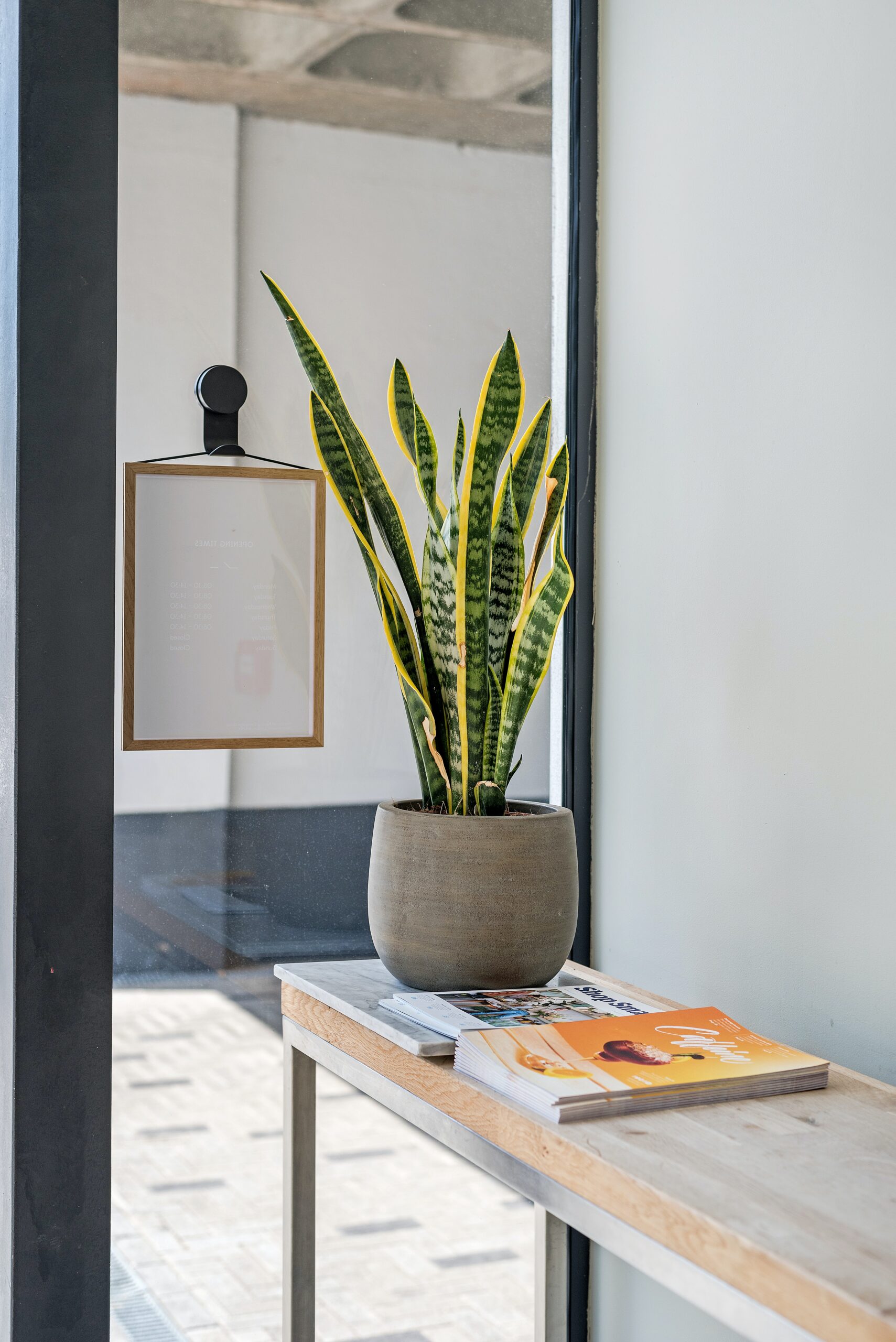
One of the best things about snake plants is that they are relatively easy to care for. They can survive in a range of lighting conditions, but prefer bright, indirect light. They do not require frequent watering and can actually thrive in soil that is allowed to dry out completely between watering. Overwatering can lead to root rot, so it’s important to be careful not to overwater your snake plant.
In conclusion,
Snake plants are a beautiful and beneficial addition to any home. They are easy to care for and can help to purify the air in your home, making them a great choice for people who want to improve the quality of their indoor environment. Whether you’re an experienced gardener or just starting out, a snake plant is a great choice for anyone looking to add a touch of green to their home.
Peace Lily
The peace lily is a tropical plant that can grow up to 16 inches in height. The plant has dark green leaves that are oval in shape, and the flowers are white with a yellowish spadix in the center
Caring for the Peace Lily
The peace lily is a low-maintenance plant and can thrive in low light conditions. However, it prefers bright, indirect light, so placing it near a window that doesn’t receive direct sunlight is ideal. The plant also prefers a humid environment, so it is important to keep the soil moist but not waterlogged. Overwatering can lead to root rot and cause the plant to die. It is recommended to water the plant once a week or when the soil feels dry to the touch.
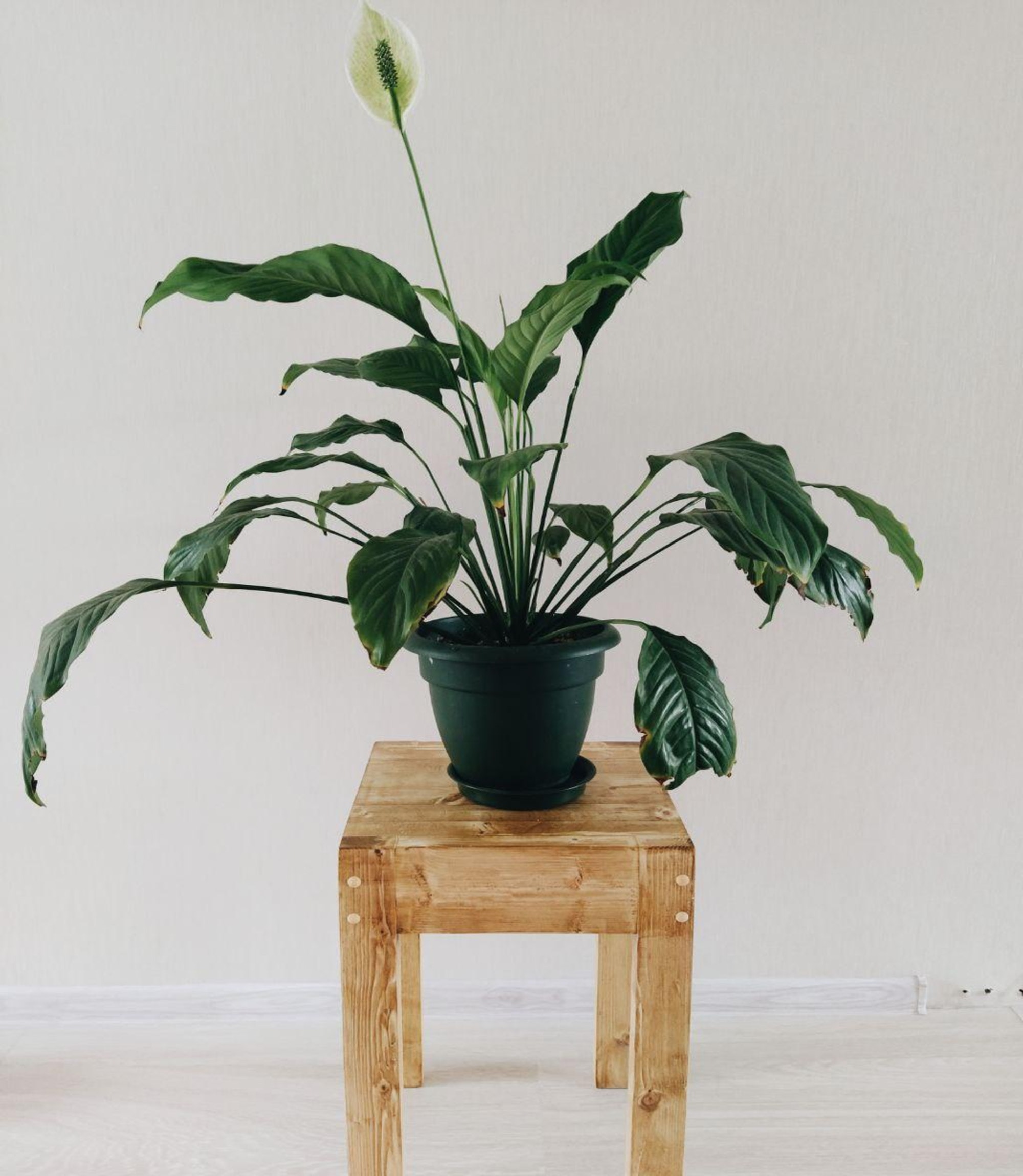
The peace lily has many benefits, making it a great addition to your indoor garden. One of the most significant benefits of the peace lily is its air-purifying properties. The plant has been shown to remove harmful toxins such as benzene, formaldehyde, and trichloroethylene from the air, making it a great addition to any indoor space. Additionally, the peace lily can increase humidity levels in the air, which can help alleviate respiratory problems.
The peace lily is also known for its ability to reduce stress and promote a sense of calm. The plant has been shown to reduce anxiety levels and improve mood, making it a great addition to any home or office space.
In conclusion,
Peace lily is a low-maintenance indoor plant that can provide many benefits to your indoor space. Its air-purifying properties and ability to reduce stress and promote calm make it a great addition to any home or office. With proper care and attention, the peace lily can thrive and provide beauty and health benefits for many years to come.
Spider Plant
Spider plants are popular indoor plants that have been grown for decades. Their unique appearance and air-purifying properties make them an excellent addition to any home. Spider plants are known for their long, narrow leaves that grow in a rosette pattern, giving them their distinct spider-like appearance. In this article, we will explore the benefits of having an indoor spider plant, how to care for them, and some tips on how to propagate them.
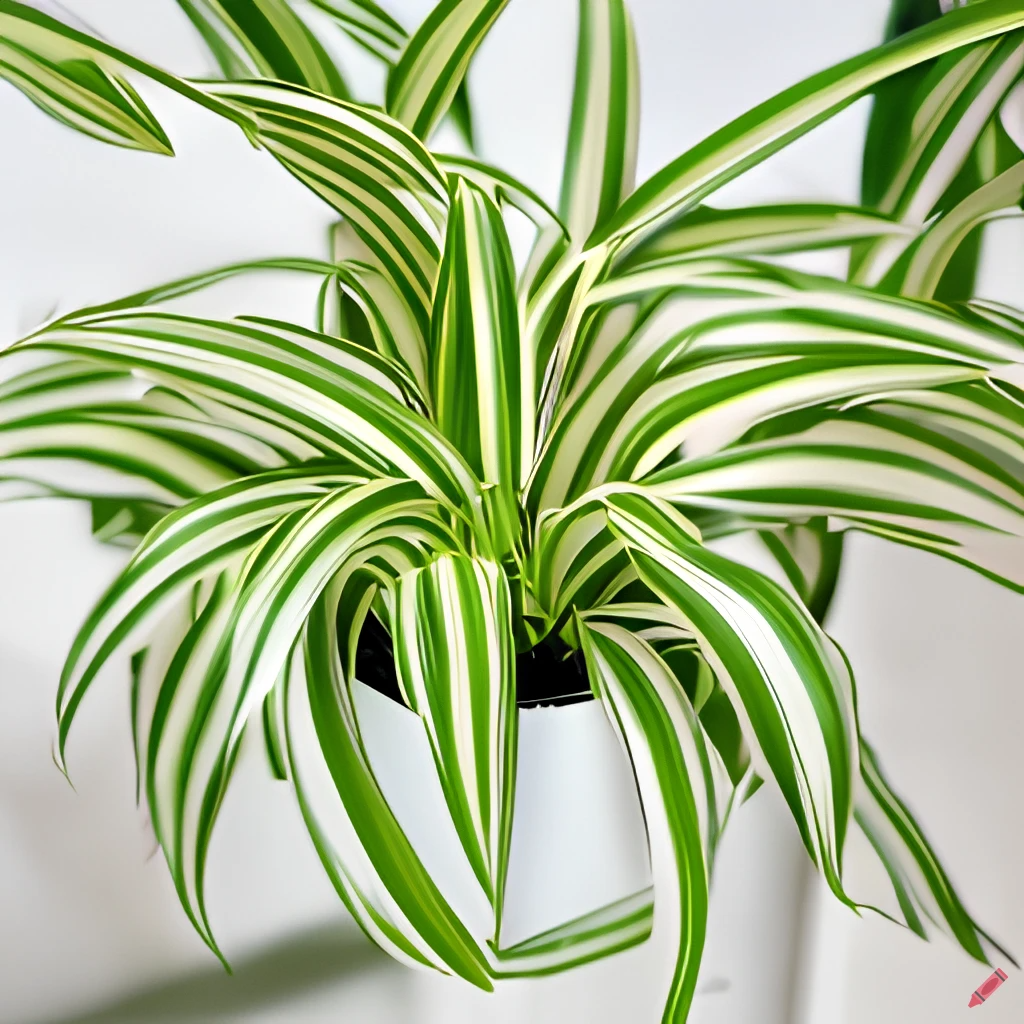
Aside from their striking appearance, spider plants have several benefits that make them an excellent choice for indoor gardening. One of the most significant advantages of spider plants is their ability to purify the air. These plants are known to absorb toxins such as formaldehyde and xylene, which can be harmful to human health. With a spider plant in your home, you can breathe easy knowing that the air is being cleaned naturally.
Another benefit of spider plants is their ease of care. These plants are low-maintenance and require minimal attention. They thrive in bright, indirect sunlight and can even tolerate low-light conditions. Spider plants also prefer well-draining soil and only need to be watered once a week. As long as you provide them with the proper growing conditions, spider plants will flourish with little effort on your part.
Caring for Indoor Spider Plants
To ensure that your spider plant thrives, it’s essential to provide it with the right care. As mentioned earlier, spider plants prefer bright, indirect sunlight and well-draining soil. If you notice that your plant’s leaves are turning yellow, it may be getting too much direct sunlight. In contrast, if the leaves are turning brown, the plant may be getting too little light.
When watering your spider plant, make sure not to overwater it. Overwatering can lead to root rot, which can be fatal to your plant. Allow the soil to dry out slightly before watering, and ensure that the pot has proper drainage. Additionally, spider plants enjoy humidity and will benefit from occasional misting.
In Conclusion
Indoor spider plants are a perfect addition to any home. With their air-purifying properties, ease of care, and striking appearance, it’s no wonder they’ve been a popular houseplant for decades. By following the tips outlined in this article, you can ensure that your spider plant thrives and continues to bring joy and beauty to your home for years to come.
Boston Ferns
Boston ferns are popular houseplants due to their lush foliage and elegant appearance. While they are commonly grown outdoors in tropical climates, Boston ferns are also well-suited to indoor environments. In this article, we will explore the benefits of keeping an indoor Boston fern, as well as some tips for caring for this low-maintenance plant.

One of the primary advantages of keeping a Boston fern indoors is its ability to purify the air. Like many other plants, Boston ferns absorb pollutants and toxins from the air, making them a natural air purifier. They are particularly effective at removing formaldehyde, which is commonly found in household products such as carpeting, upholstery, and cleaning solutions. In addition to their air-purifying properties, Boston ferns also add a touch of natural beauty to any indoor space.
Caring for an indoor Boston fern is relatively simple. These plants prefer bright, indirect sunlight, so it is best to place them near a window that receives filtered light. They also thrive in humid environments, so it is a good idea to mist the leaves with water occasionally. While Boston ferns prefer moist soil, it is important not to overwater them, as this can cause root rot. A good rule of thumb is to allow the top inch of soil to dry out before watering again.
Another benefit of keeping a Boston fern indoors is that they are relatively low-maintenance. These plants are hardy and can adapt to a variety of indoor environments. While they do benefit from regular watering and occasional misting, they do not require fertilization or pruning. In fact, pruning can be detrimental to the plant, as it can lead to the loss of fronds.
In conclusion
An indoor Boston fern is an excellent choice for anyone looking to add a touch of natural beauty to their home while also improving air quality. With minimal care requirements and the ability to thrive in a range of indoor environments, Boston ferns are a great option for both beginner and experienced gardeners. Whether you are looking for a statement piece or a subtle accent, a Boston fern is sure to enhance any indoor space.
Aloe Vera
Aloe vera is a versatile indoor plant that has many health benefits. It is easy to care for and can thrive in a range of light conditions. Aloe vera is known for its ability to soothe and heal the skin, making it a great addition to your home. It also purifies the air and removes harmful toxins. However, the benefits of this plant don’t stop there. Aloe vera is also a beautiful and low-maintenance plant that can thrive indoors.
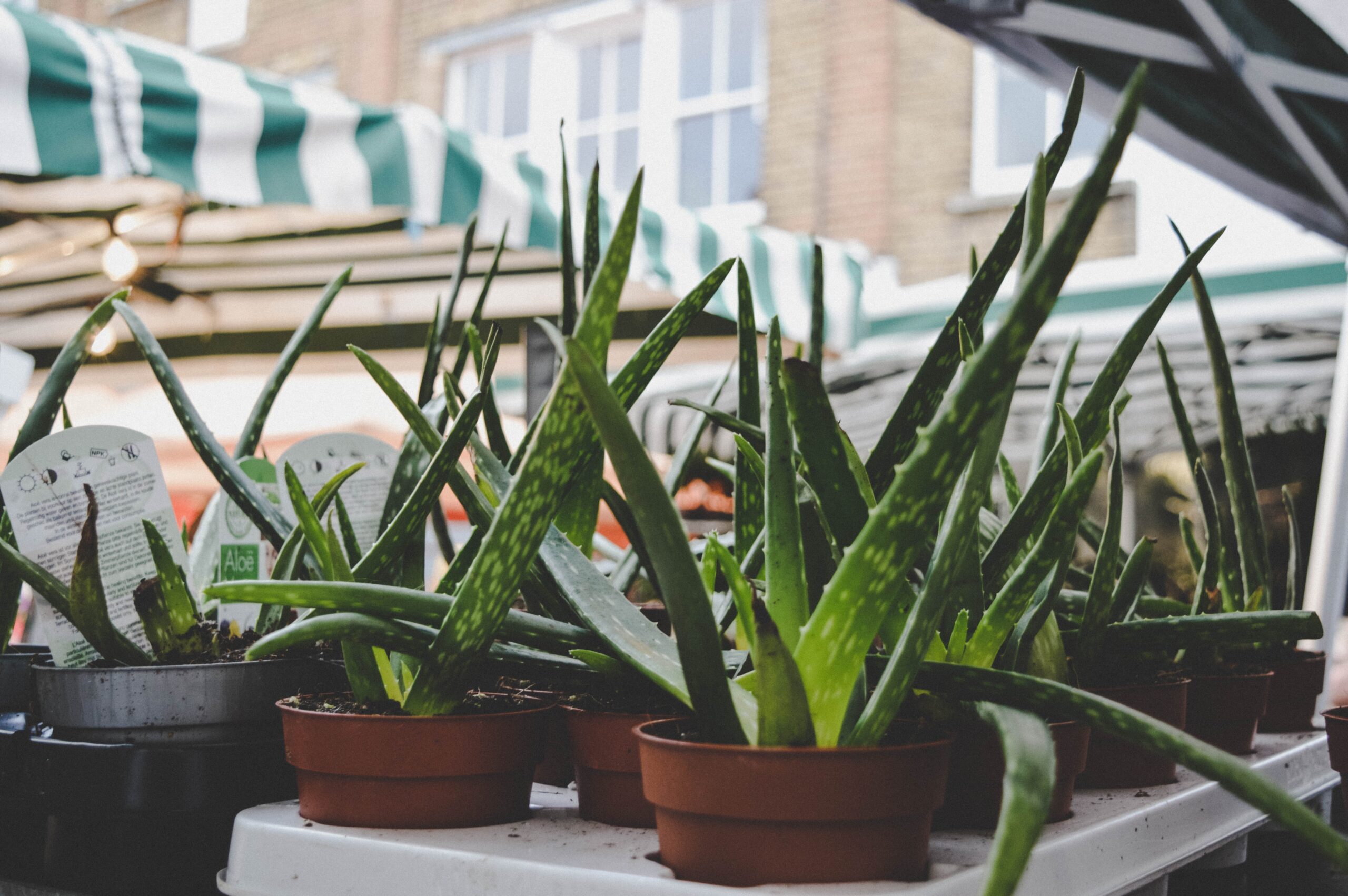
Aloe vera is native to arid regions, which makes it perfect for indoor environments that tend to be dry. It prefers bright, indirect light, making it a great addition to windowsills or areas with plenty of natural light. However, it can also adapt to lower light conditions, making it a versatile choice for any indoor space.
One of the benefits of an indoor aloe vera plant is that it requires very little maintenance. It only needs to be watered once every two to three weeks, making it a perfect plant for busy individuals or those who tend to forget to water their plants. In fact, overwatering can harm the plant, so it’s important to make sure the soil is completely dry before watering.
In addition to its low-maintenance requirements, the aloe vera plant is also known for its air-purifying properties. It can remove harmful pollutants from the air, such as formaldehyde and benzene, making it a great choice for those looking to improve indoor air quality.
In conclusion
An indoor aloe vera plant is a beautiful and low-maintenance addition to any indoor space. It can thrive in a variety of lighting conditions, requires very little watering, and has air-purifying properties. Plus, with its ability to propagate easily, you can easily expand your collection or share the gift of an aloe vera plant with others.
Money Plant
The indoor “money plant ” is a popular houseplant that is easy to care for and adds a touch of greenery to any space. This plant is not only beautiful but also has several benefits, including air purification and good luck.
One of the most appealing things about the indoor money plant is its ability to thrive in a variety of lighting conditions. It can tolerate low light, making it an ideal plant for those with north-facing windows or rooms without many windows. However, it also thrives in bright, indirect light, so it can be placed in areas with natural light as well.
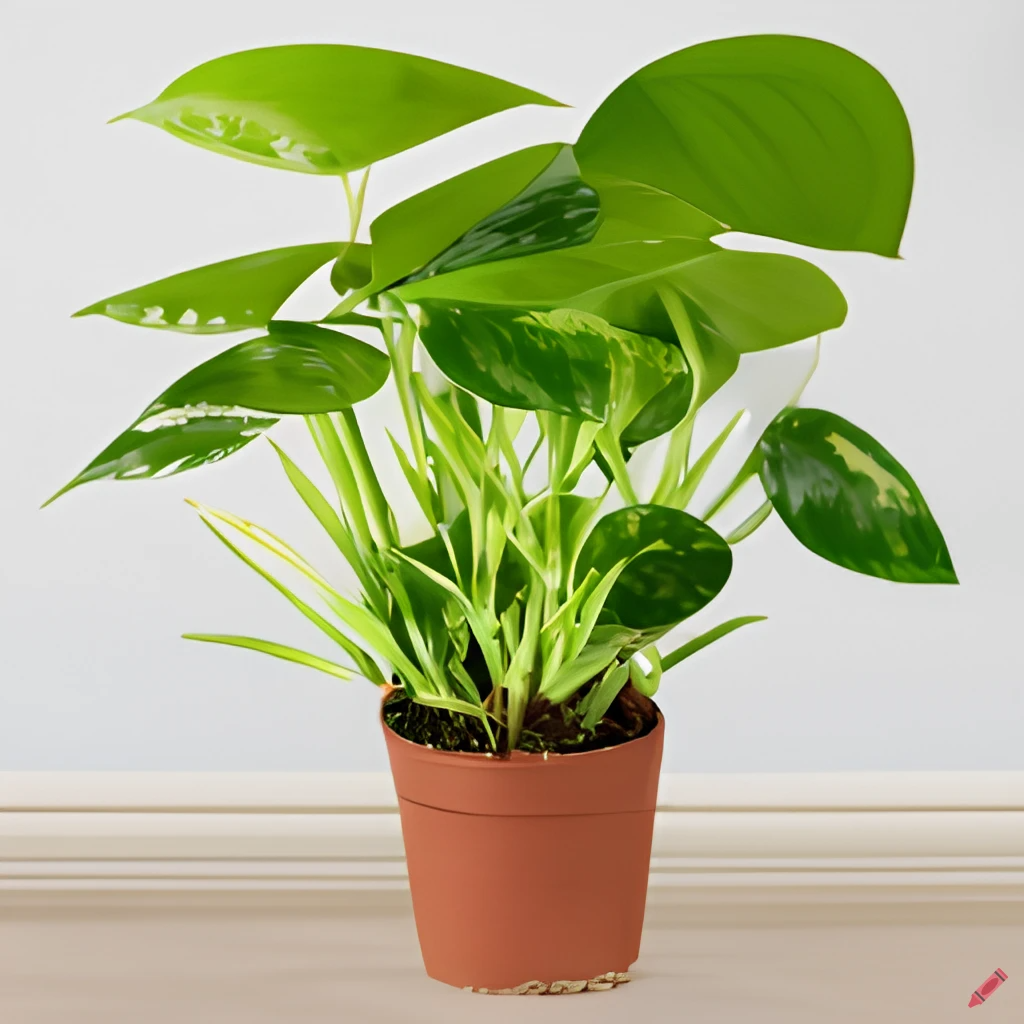
In addition to its adaptability to different lighting conditions, the indoor money plant is also easy to care for. It prefers well-draining soil and only needs to be watered when the soil is dry to the touch. Overwatering can be detrimental to the plant, so it’s important not to water it too frequently.
One of the most interesting things about the indoor money plant is its association with prosperity and good luck. According to Feng Shui, the money plant is believed to bring good fortune, wealth, and positive energy into the home. This makes it a popular gift for housewarming parties, weddings, or other celebrations.
Benefits of Money Plants:
In addition to its auspicious properties, the indoor money plant is also known for its air-purifying abilities. It can remove harmful toxins from the air, such as formaldehyde and benzene, making it a great choice for those looking to improve indoor air quality.
In conclusion
The indoor money plant is a beautiful and beneficial addition to any indoor space. It can thrive in a variety of lighting conditions, is easy to care for, and can bring prosperity and good luck into your home. Plus, with its air-purifying properties, it can help improve the air quality in your living space. Consider adding an indoor money plant to your home to enjoy its lush beauty and all of its benefits.
How to Take Care of Indoor Plants
Watering
Indoor plants need to be watered regularly to thrive. The frequency of watering depends on the type of plant and the size of the pot. Overwatering can be harmful to the plant, so it’s important to let the soil dry out between watering.
Light
Different indoor plants have different light requirements. Some plants thrive in bright, direct sunlight, while others prefer low light conditions. It’s important to research the light requirements of your plant and place it in the appropriate
Soil
Indoor plants require well-draining soil that is rich in nutrients. It’s important to choose the right type of soil for your plant, as some plants require specific soil conditions. Over time, the soil may become compacted, which can affect the plant’s growth. It’s a good idea to repot your plant every year or so to ensure that it has fresh soil.
Temperature
Indoor plants thrive in a range of temperatures, but it’s important to keep them away from extreme heat or cold. Most indoor plants prefer temperatures between 15-25°C, making them ideal for Indian homes.
Fertilizer
Indoor plants require regular fertilization to thrive. It’s important to choose the right type of fertilizer for your plant, as some plants require specific nutrients. Over-fertilization can be harmful to the plant, so it’s important to follow the recommended dosage.
Pests and Diseases
Indoor plants are prone to pests and diseases, so it’s important to keep an eye out for any signs of infestation. Common pests include spider mites, mealybugs, and scale insects. If you notice any signs of infestation, it’s important to take action immediately to prevent the spread of the pests.
Conclusion
Indoor plants are a great way to add a touch of nature to your living space and improve your overall well-being. There are many types of indoor plants that thrive in India, each with their own unique benefits. By taking care of your indoor plants and providing them with the right conditions, you can enjoy the many benefits of having these beautiful and beneficial plants in your home. So why not add some greenery to your living space and see the difference it can make?